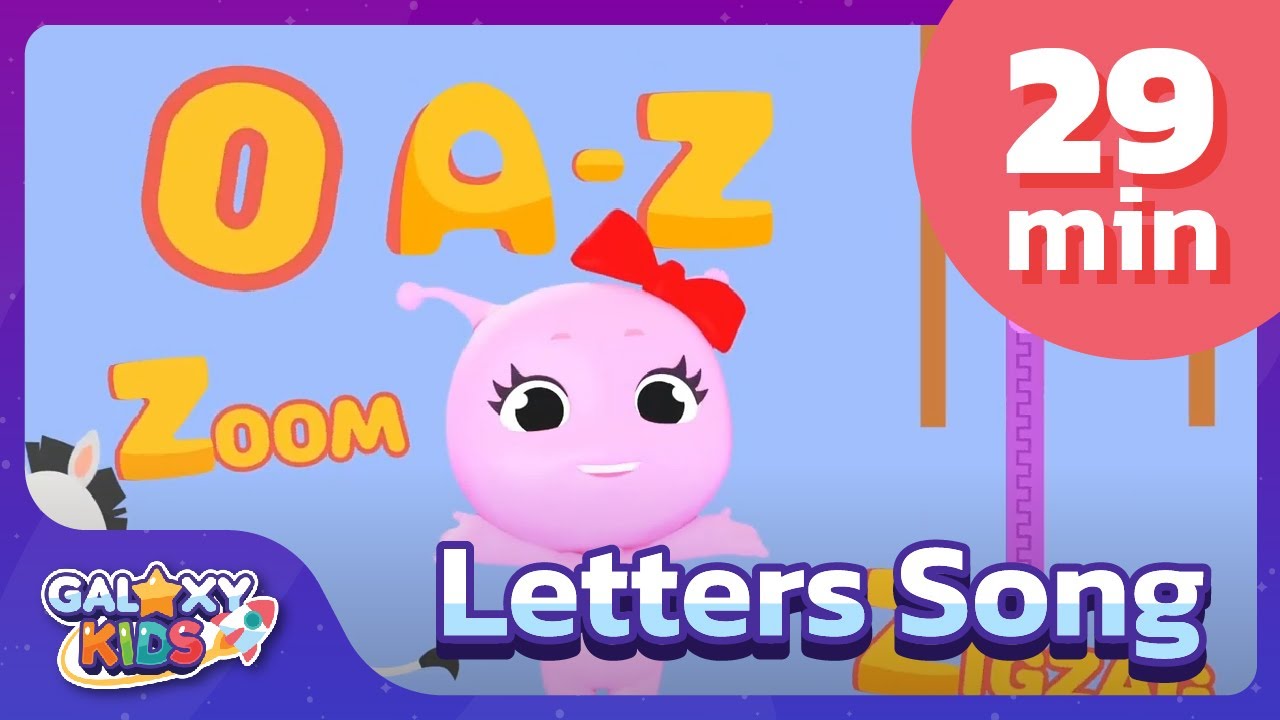Parents often think that kids will learn everything at school. However, teaching the basic vocabulary and classroom objects in Chinese for kids will help with their learning when they get into school. Kids like it better when they can identify different objects than being clueless. In this article, we have a list of classroom objects vocabulary for kids to learn Chinese:
Classroom Objects Vocabulary in Chinese for Kids
Backboard 篮板 (lán bǎn)
Backpack 背包 (bèi bāo)
Book 书 (shū)
Pencil 铅笔 (qiān bǐ)
Crayons 蜡笔 (là bǐ)
Ruler 尺 (chǐ)
Scissors 剪刀 (jiǎn dāo)
Whiteboard 白板 (bái bǎn)
Chair 椅子 (yǐ zi)
Desk 桌子 (zhuō zi)
Eraser 橡皮 (xiàng pí)
Folder 文件夹 (wén jiàn)
Clip 夹子 (jiázi)
Glue 胶水 (jiāo shuǐ)
Stapler 订书机 (dìng shū jī)
Map 地图 (dì tú)
Pencil Case 铅笔盒 (qiān bǐ hé)
Paper 纸 (zhǐ)
Binder 粘合剂 (nián hé jì)
Pen 钢笔 (gāng bǐ)
Marker 标记 (biāo jì)
Compass 罗盘 (luó pán)
Paintbrushes 油画刷 (yóu huà shuā)
Palette 调色板 (tiáo sè bǎn)
Paint 画 (huà)
Globe 地球 (dì qiú)
Computer 电脑 (diàn nǎo)
Dictionary 字典 (zì diǎn)
Glossary 词汇表 (cí huì biǎo)
Mechanical Pencil 自动铅笔 (zì dòng qiān bǐ)
Notebook 笔记本 (bǐ jì běn)
Sharpener 卷笔刀 (juàn bǐ dāo)
School Vocabulary in Chinese for Kids
School 学校 (xué xiào)
Teacher 老师 (lǎo shī)
Principal 校长 (xiào zhǎng)
Student 学生 (xué shēng)
Mathematics 数学 (shù xué)
Languages 语言 (yǔ yán)
History 历史 (lì shǐ)
Geography 地理 (dì lǐ)
Science 科学 (kē xué)
Chemistry 化学 (huà xué)
Biology 生物学 (shēng wù xué)
Physics 物理学 (wù lǐ xué)
Physical Education 体育 (tǐ yù)
Art 艺术 (yì shù)
Drama 戏剧 (xì jù)
Music 音乐 (yīn yuè)
Economics 经济学 (jīng jì xué)
Information Technology 技术情报 (jì shù qíng bào)
Philosophy 哲学 (zhé xué)
Psychology 心理学 (xīn lǐ xué)
Exam 考试 (kǎo shì)
Test 测试 (cè shì)
Quiz 测验 (cè yàn)
Homework 功课 (gōng kè)
How To Teach Kids About Different Classroom Objects to Learn Chinese
Flashcards
Flashcards have become the easiest way of learning Chinese about new things and can be used to learn about classroom objects. The activity is to just give kids different flashcards that have different classroom objects printed on them. You should tell them about different classroom objects once, and then ask for a pencil or desk, and watch them skim through the cards to find the right one. They will have a hard time memorizing at first but will eventually learn. Also, it is better that you start with five flashcards in the start because kids shouldn’t be overwhelmed.
Play “Knock Knock”
If you already have the flashcards, you can also play the knock-knock (we will tell you how). To illustrate, you have to collect the flashcards and ask your kid to close their eyes. Now, knock on the window or click the pen and ask them to guess what you are making the sounds with. Once they say the object’s name, ask them to open their eyes and see if they were right. To be honest, it’s a guessing game, but they will harness it with time.
The Touch Game
If you are teaching kids, we are certain you would have some classroom objects at home (yes, in their room). So, ask your kid to touch a crayon or paper and keep playing the game until they learn the majority of words. However, you should only play the game for ten to fifteen minutes a day, so they have time to absorb the knowledge. The best thing about this activity is that it’s exciting and will them hooked.
Hide & Find
We all have played hide and seek, but if you want your kid to learn the classroom object vocabulary in Chinese, just opt for the hide and find game. With this fun game, take any classroom-related object, such as pencil, crayon, notebook, paper, rubber, or anything else. Then, hide these objects and ask your kids to find the hidden objects and guess what is what (watching them look everywhere for something will be absolutely fun for you too).
Color The Room
There are different drawing sheets available on the internet, and they can actually help kids learn about different objects. For instance, you can download the free Chinese learning
drawing sheets, give them crayons, and ask them to color in a specific object, such as a book, chair, window, paper, or anything that’s on the paper. This will prompt them to find the object on the drawing sheet, and coloring them will enhance their learning and grasp on certain objects. The best thing about this game is that they will learn about different colors and which color is suitable for a specific object (they cannot color the whiteboard black, right?).
Importance Of Teaching Classroom Object Vocabulary
The first day of school can be fun, exciting, yet scary for kids, but it’s still one of the most important days of their life. However, when students know about different classroom objects before joining the school, they won’t feel as strange on their first day. In addition, it’s always a good learning opportunity for kids since having a grasp on certain vocabulary will help them feel in control and confident when they learn to speak Chinese.
On top of everything, when students know the object’s name, their learning process will be enhanced, and they will feel more comfortable. Not to forget, it will ease their interaction with classmates and teaches. So, it’s a must to teach them classroom object vocabulary in Chinese for kids!
To learn to say Hello in Chinese or more about classroom objects in Chinese for kids, you can download the Galaxy Kids app – the best Chinese learning app for kids!



